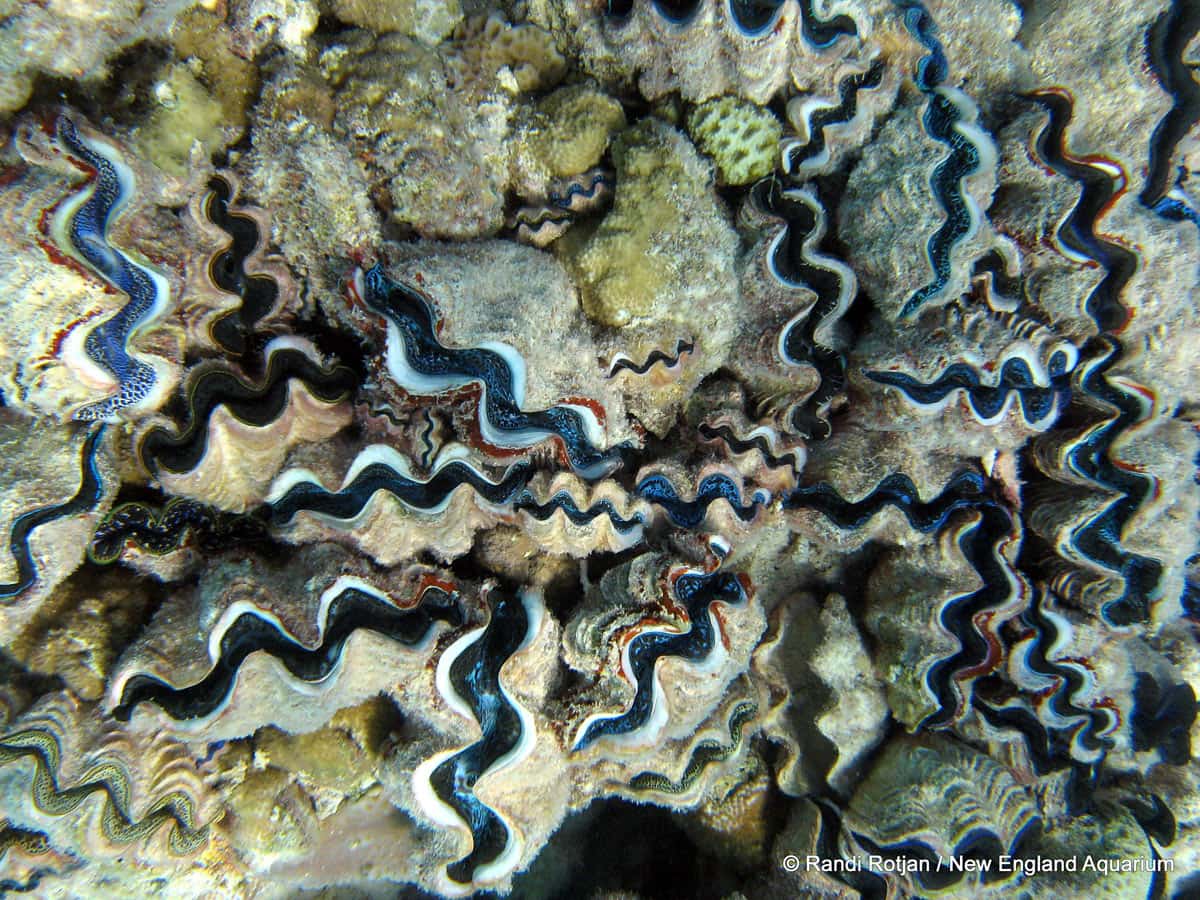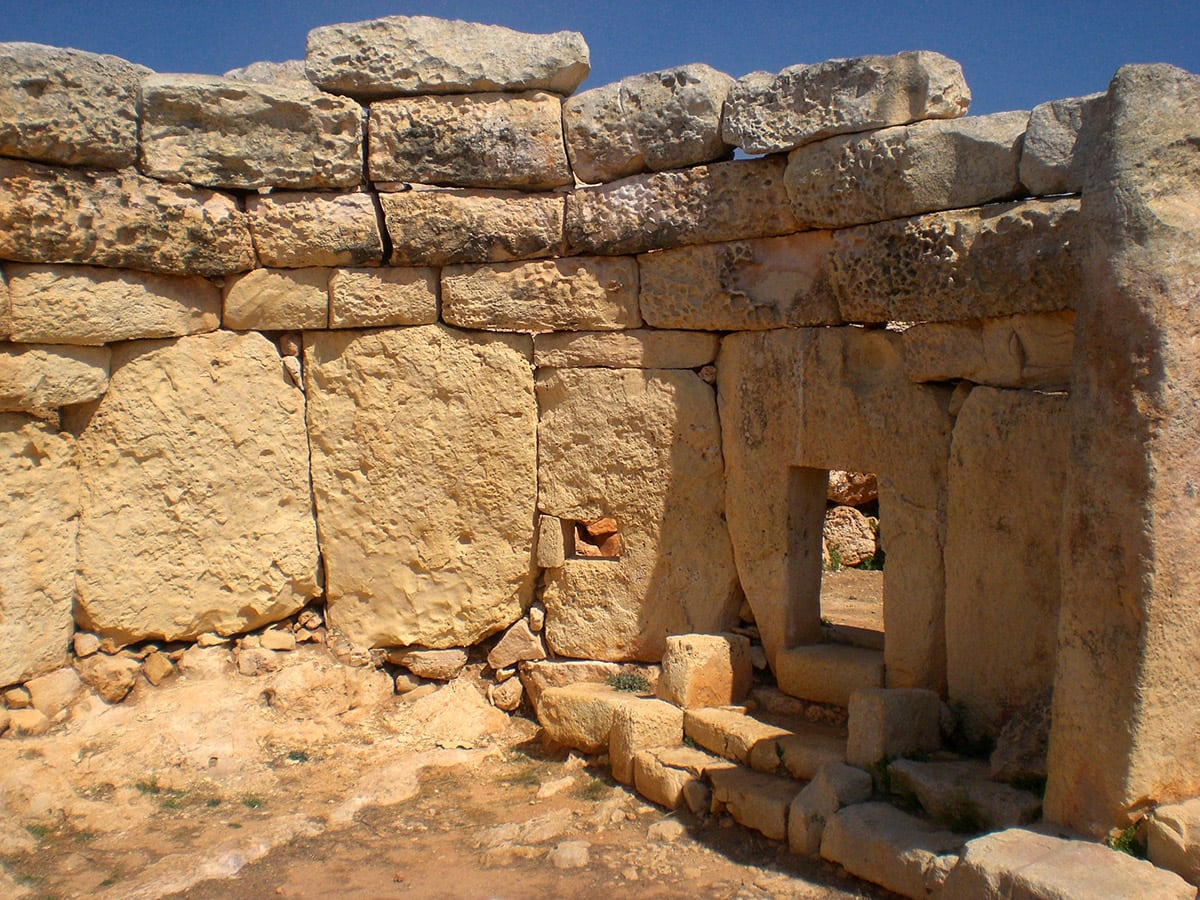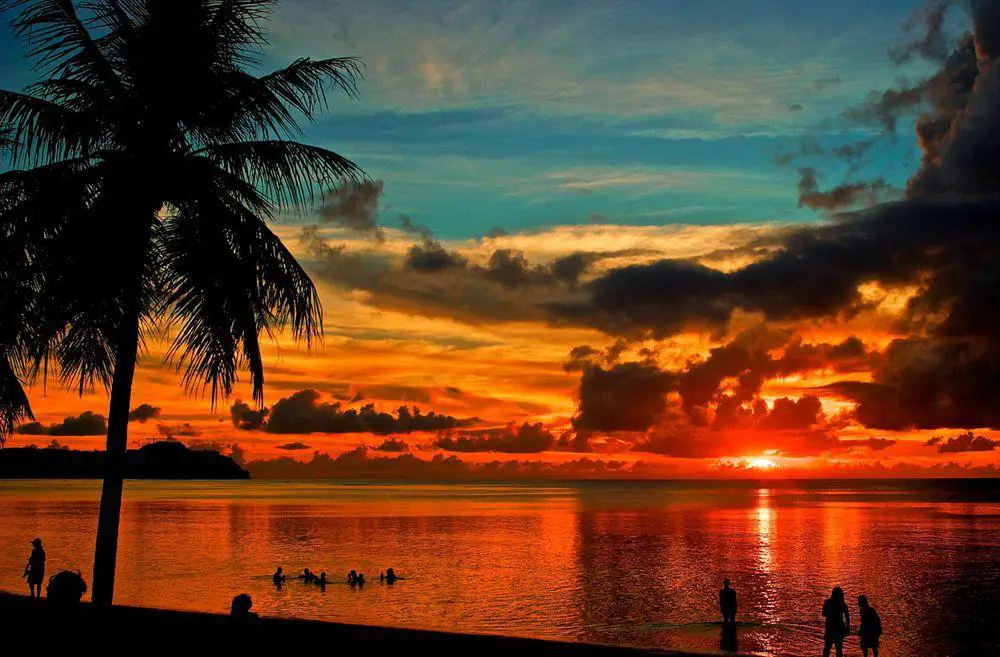World 🢖 Australia and Oceania 🢖 Micronesia 🢖 Kiribati
Megaliths 🢔 Archaeological wonders 🢔 Categories of wonders
Wonder
Arorae navigational stones – Te Atibu-ni-Borau
 In short
In short
Unique monuments to the skills of Polynesian seafaring are the Arorae navigational stones.
 36.3%
36.3%
GPS coordinates
Location, address
Alternate name
Age
Culture
Map of the site
If you see this after your page is loaded completely, leafletJS files are missing.
 In detail
In detail
Arorae Atoll
Arorae is the southernmost of the Gilbert Islands. Although this island is called an atoll, it is not a classical ring-shaped island with a lagoon in the middle. This island is 9 km long, its area is 9.5 km². The nearest landmass is the small Tamana Island located 88 km to the northwest.
Standing stones
In the northern tip of the island is a group of standing stones – flat slabs of coral stone, set on the rim and fastened with stone pavement around them.
Captain E.V.Ward sketched the stones in 1946 (2.). There were 14 stones in total.
The largest was the entrance stone, others were stones used for orientation. In the 1940s 11 stones were in their original locations. In 1957 there were found less – 8.
Stone slabs are approximately 1.5 -1.2 m wide and tall and some 15 cm thick.
Stones are located among the trees and the sea is not visible from here. But in earlier times this could be different – the island has extended northwards over the last centuries.
Signs to the nearby islands
It can be said with certainty that ancient Polynesians erected these stones as a sign pointing towards the nearest islands. Locals now call them Te Atibu-ni-Borau – the stones for voyages.
It is considered that in the afternoon people went with canoe near these stones and were guided by some helpers to take the exact position pointing away from Arorae towards the desired destination. Soon the stars appeared and seafarers could orientate by them. After 12 hours, when the sun went up, they were near the neighboring islands.
A local man in 1946 told to Captain Ward, that his father knew how to use them. Even more – another informant told that the stones were erected in their father’s lifetime – e.g. in the late 19th century. Other stories though mention that these stones were standing well before the coming of Europeans.
Only on Butaritari Island in the northern part of Gilbert Islands is known a similar monument.
Where do you want to go?
The stones in Arorae point to the following islands:
- A pair of stone plates points to the nearest island – the 88 km far Tamana Island.
- One (possibly earlier there were two) stones point to the open sea. Maybe they show the way to the 720 km far Banaba?
- One stone points to the 120 km far Nikunau.
- Next to it stands one, which points to the 140 km far Beru.
- One (maybe there were two in the past) stone points towards Onotoa, 137 km far.
- Two stones point seem to point again towards the 88 km far Tamana Island. Ward mentions the 1250 km far Orona in opposite direction but this seems way too far.
- A pair of stones points towards the south-west, no land is there for more than 1200 km.
Limits of the system
This certainly was not an exact and safe navigational system. For example – stones are shifted by 5° from the exact position – most likely to decrease the mistake created by the equatorial current.
If the current was faster or slower or there was a wind, the canoes would sheer away and get lost in the Pacific. The distance of 80 – 140 km might be the maximum where such navigational aid can be of any assistance.
It is also not clear how the seafarers found a way home.
References
- Hilder, Brett. Polynesian Navigational Stones. Journal of Navigation, 1959., 12., pp 90 – 97.
- Lewis, David. We, The Navigators. The Ancient Art of Landfinding in the Pacific. 1994.
- Resture, Jane, The Famous Arorae Navigation Stones. Accessed 08.11.11. Image!
 Linked articles
Linked articles

Wonders of Kiribati
The area of Kiribati exceeds the area of the United States. But most of it is taken by ocean, the land area is only 811 km². This is an exciting land of extremes, with local people living in extreme poverty and at the same time leading such a way of life which is mildly named the “non-consumerist” way of life. In reality, it means – most people in Kiribati don’t care about “our” rules of economics, which keep the Western society in a tight iron grip.

Megaliths
One of the most fascinating groups of archaeological monuments are prehistoric structures made of stones – megaliths. Through the ages, people have loved to strain their minds to find a sensible explanation for the many riddles posed by megaliths.
Even today, we can admit with some pleasure, there are thousands of mysteries left for us.

Wonders of Micronesia
Micronesia consists of a huge number of scattered, small islands. Many are low-lying atolls, but several islands offer true mountain scenery and are covered with rainforests. In the Northern Mariana Islands are located several exotic volcanoes which are covered with lush, primeval forests.
 Recommended books
Recommended books
Pathways to the Gods: The Stones of Kiribati
Explores new evidence of the presence of ancient astronaut gods as revealed in the unusual artifacts and sites discovered on the remote Kiribati Islands of the South Pacific.
Prehistoric Architecture in Micronesia
In the many centuries preceding Western contact, a richly diverse and innovative architectural tradition reached maturity in the western Pacific. Prehistoric Architecture in Micronesia, the first modern study of this remarkable work, reveals that there is no such thing as primitive architecture but only primitive means.


